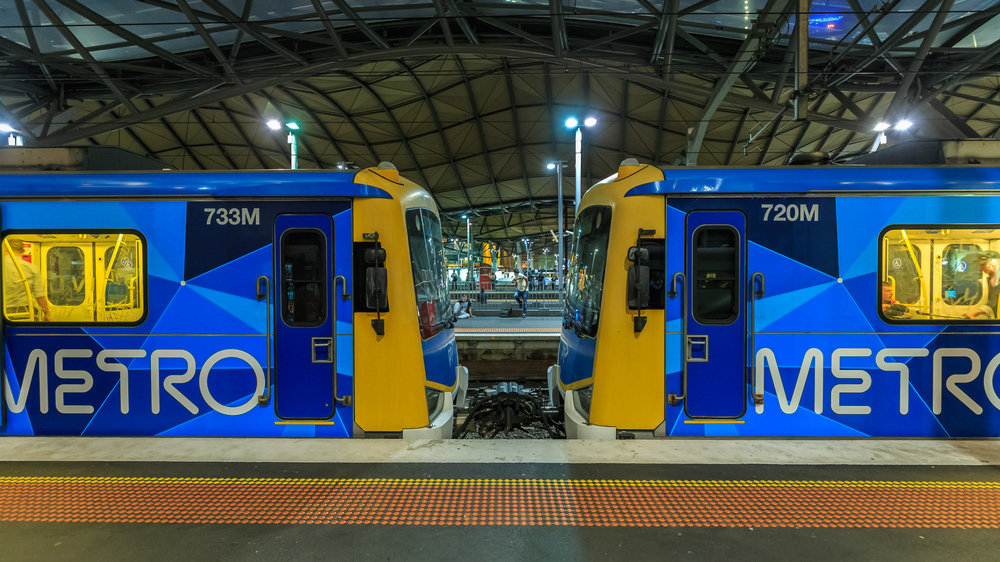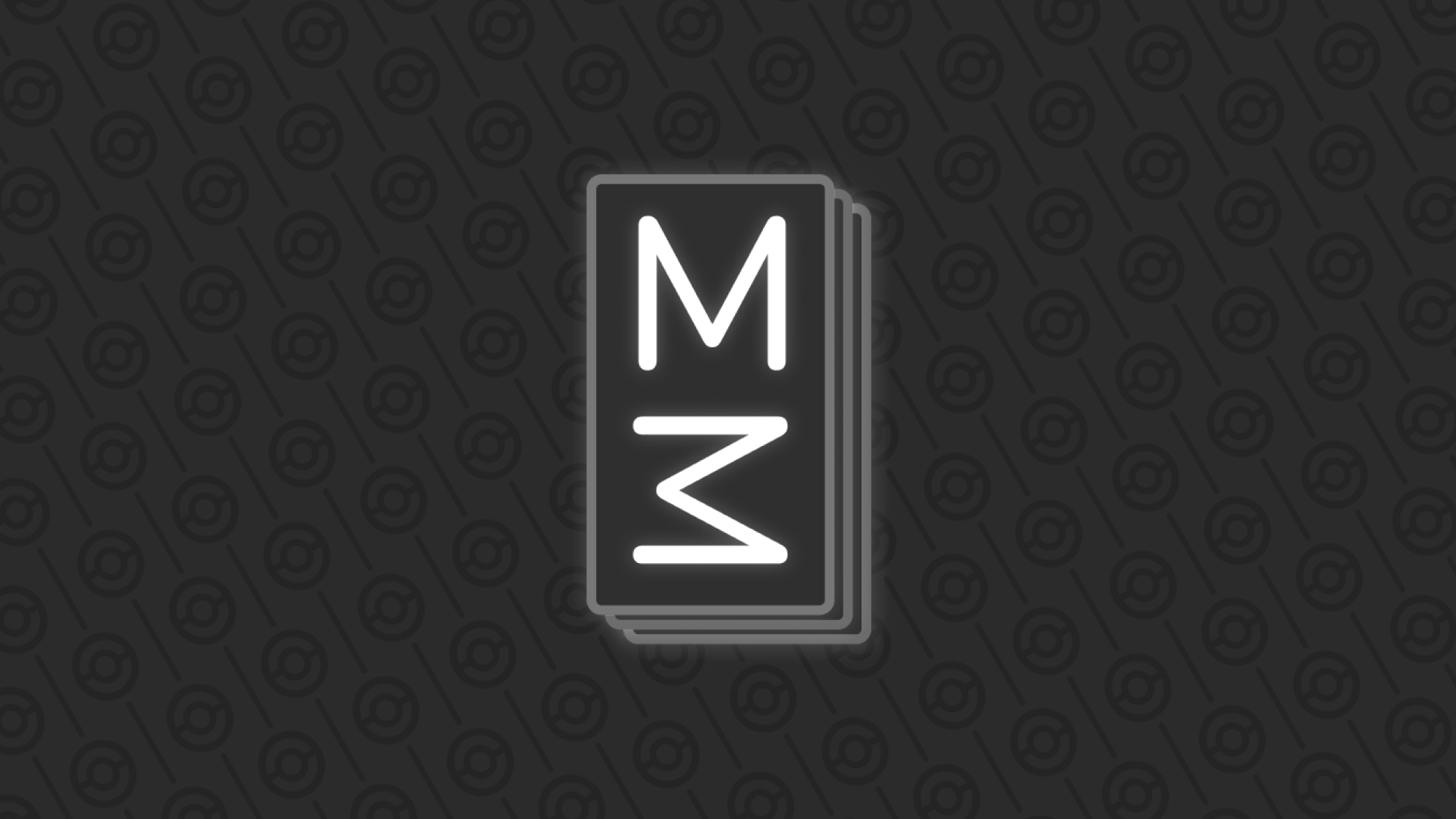DULUX AUSTRALIA
Tools: Blender, Unity, Auto CAD, CNC laser cutter
Tools: Blender, Unity, Auto CAD, CNC laser cutter
The ideation workshop was run in three parts, with lunch and other breaks punctuating our activities. Each team was separated into breakout rooms.
The first activity was a rapid ideation called “Crazy Eights” where participants generate eight ideas, one minute per idea, and then the ideas are clustered, themed, and voted on by that team.
The voted themes were further investigated to produce concepts that were presented back to the entire assembled team, who provided feedback.
Lastly these concepts were iterated based on feedback, and further developed into cogent concepts that were pitched to the assembled team in the last activity of the day.
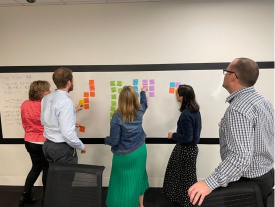


PLAY BACK
Throughout the collaborative process, I actively engaged with each team, leveraging my skills and knowledge to help them create snapshot design outputs. These design outputs were essential visual representations that showcased what the final production might look like, taking into account the varying complexities of the concepts at hand. As we delved deeper into the design journey, we also focused on early-stage backlog development, ensuring that all ideas were carefully considered and refined.
The beauty of these snapshot design outputs lay in their versatility. Some concepts required high-fidelity representations to capture intricate details and interactions accurately. For these, I worked closely with the teams to create polished UX/UI designs, 3D models, and even rapid prototypes, enabling stakeholders to visualize the product's potential in a vivid and tangible manner.
On the other hand, there were concepts still in their infancy, where the emphasis was on exploring ideas and potential directions. In these cases, I helped generate low-fidelity mockups, wireframes, and sketches to quickly iterate through various possibilities and gather valuable feedback. This approach allowed us to be agile in our design process, adapting and refining concepts as we progressed.
Once these snapshot design outputs were ready, they became powerful tools for decision-making within the organisation. Taking the concepts back to the business, we presented them with robust business cases and cost evaluations, demonstrating the value and feasibility of each idea. By combining the visual representation of the designs with clear financial justifications, we were able to secure the necessary support and resources to move forward with the most promising concepts.
Overall, the collaborative efforts, thorough documentation, and compelling snapshot design outputs paved the way for innovative and well-supported projects that aligned with Dulux's vision and goals. By ensuring that each step of the process was meticulous and well-communicated, we set the stage for successful implementation and the realisation of groundbreaking products and experiences.


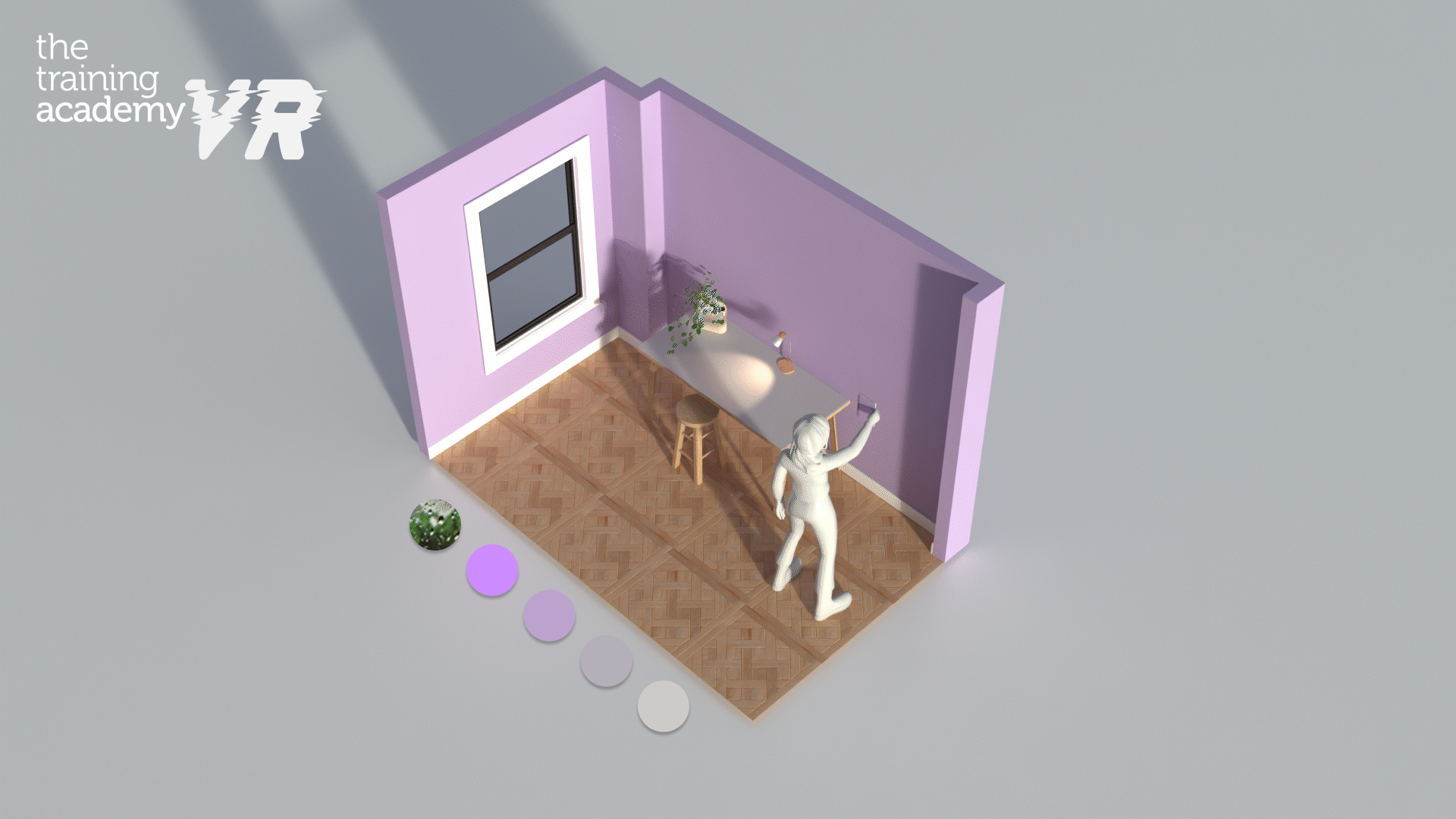

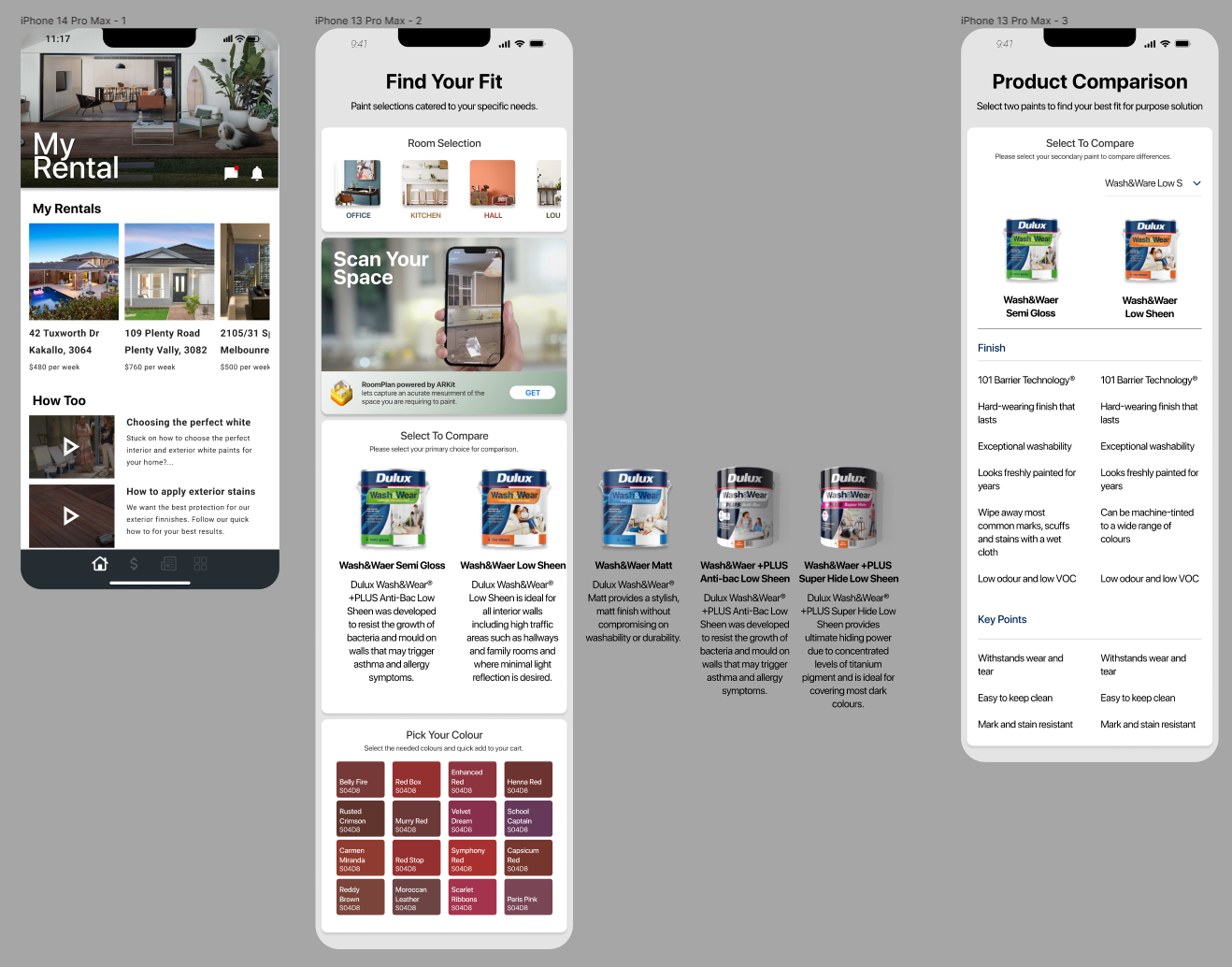



SYDNEY SWANS FOOTBALL CLUB
An Apple Experience Workshop
An Apple Experience Workshop
As an Apple ambassador, I had the incredible opportunity to participate in the first Apple Experience workshop, with a strong focus on designing an exceptional user experience. The workshop revolved around addressing key problem areas identified by the Sydney Swans product team, and our assigned task was
"Explore ways to enhance a player's on and off-field performance"
With the clock ticking, our team of designers, developers, and marketing executives gathered to embark on a 48-hour challenge. Our primary goal was to deeply understand the needs and pain points of both players and coaches. We began by conducting extensive user research, including interviews with players, coaches, and team physicians. These insights served as the foundation for our design journey.
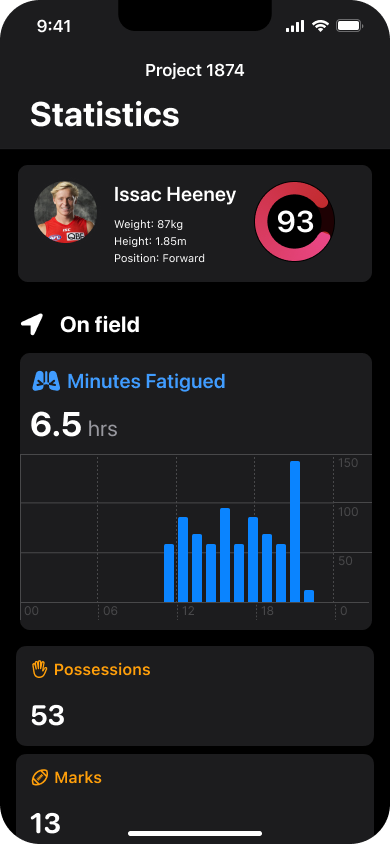


Through empathy-driven design thinking, we uncovered the crucial aspects that impacted player performance, both during and after games. Our user personas painted a vivid picture of the unique challenges they faced, such as monitoring in-game health and dealing with mental fatigue post-game. Armed with this deep understanding, we set out to create a holistic player performance tracking app that would empower athletes to excel on and off the field.
Our UX design revolved around making the app intuitive and seamlessly integrated into the players' routines. We utilized in-jersey proprietary technology to monitor vital health data during games, ensuring a non-intrusive user experience. Off the field, the app collected sleep and wellness data, providing valuable insights into mental alertness and recovery. Our user interface was designed with simplicity and clarity, enabling players and coaches to access and interpret data effortlessly.
Throughout the workshop, collaboration was at the core of our process. We engaged in iterative design sessions, gathering feedback from players and coaches at each step. The app evolved based on their needs and preferences, resulting in a powerful tool that truly addressed their pain points. The user testing and validation phases allowed us to fine-tune the app further, ensuring a seamless and delightful user experience.
The Apple Experience workshop provided a remarkable opportunity to create innovative solutions with a strong UX. Our design-driven approach, rooted in empathy and user insights, led us to craft a player performance tracking app that not only catered to the needs of athletes but also transformed the way the Sydney Swans approached performance optimization. The workshop inspired us to continue pushing the boundaries of design, leveraging technology to enrich the lives of users in meaningful ways.
